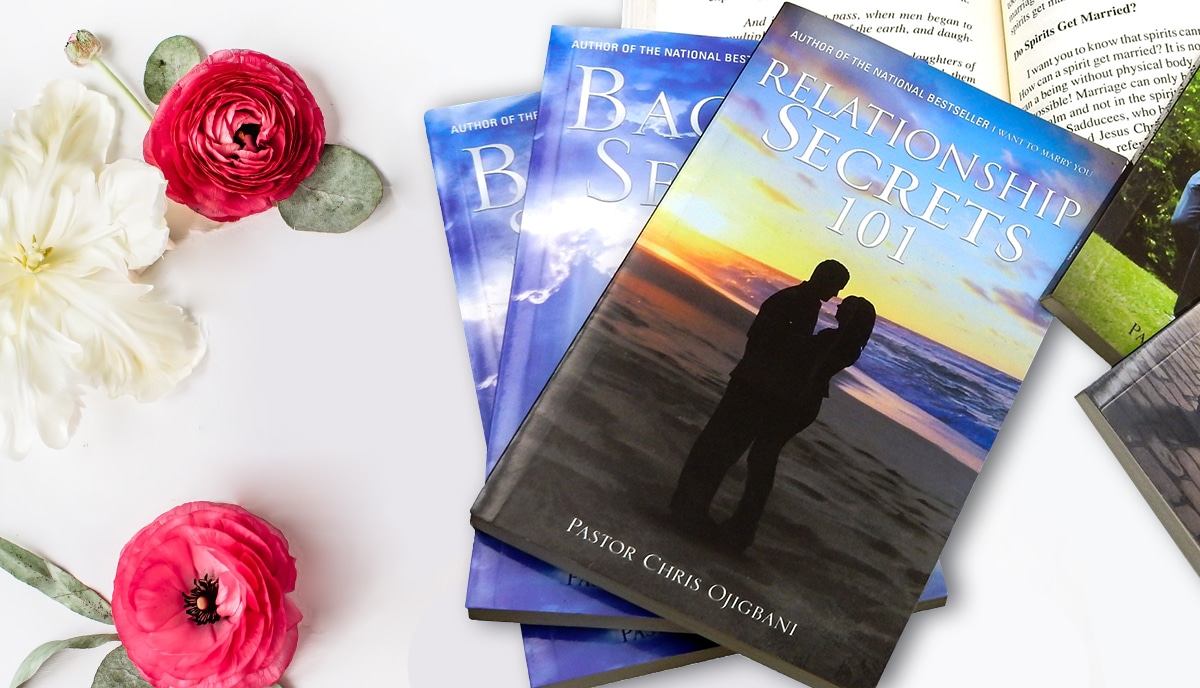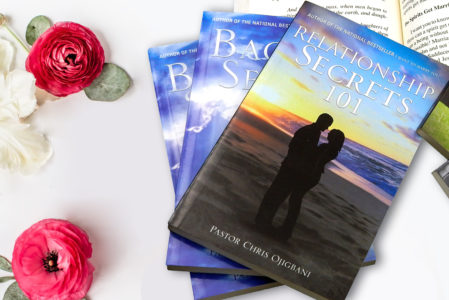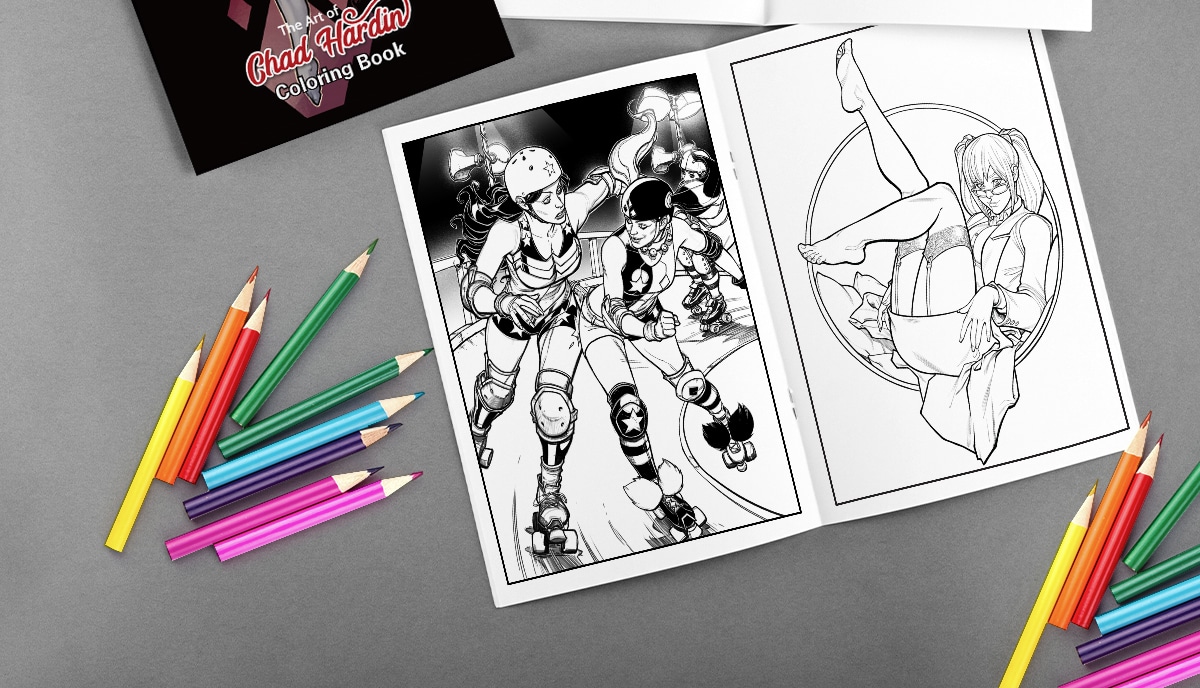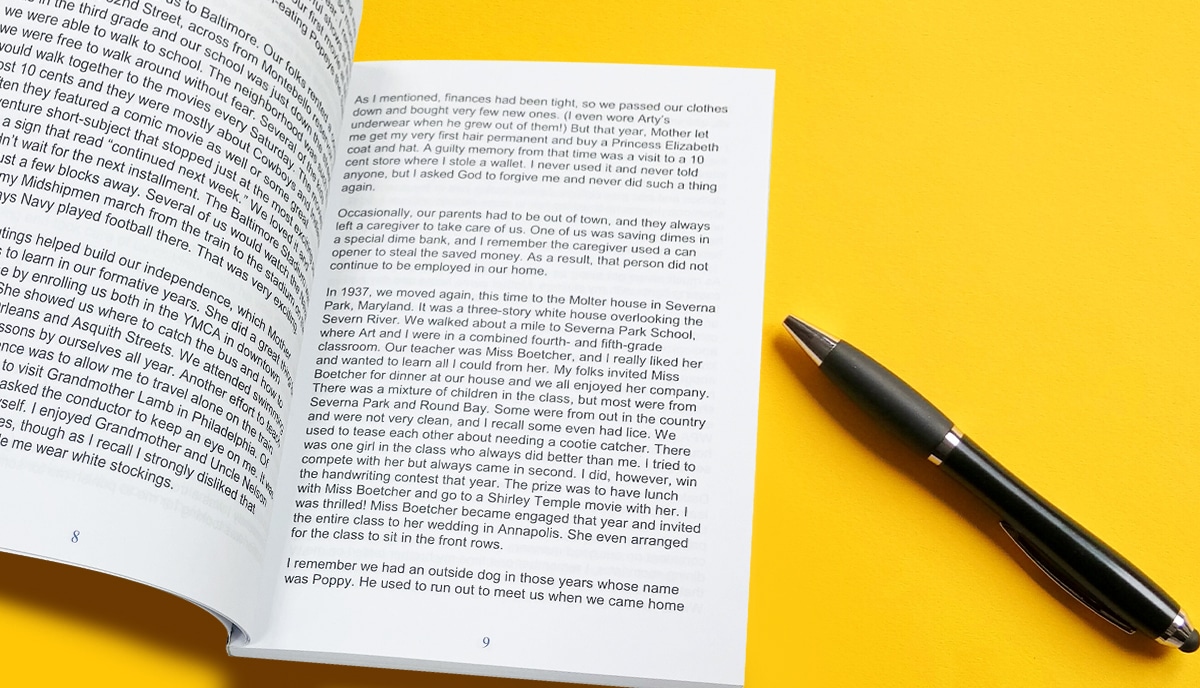Romance is one of the most popular and enduring genres in fiction. And that's no surprise, as it deals with the quest for love. In this post, we guide you through the 10 essential elements that make a successful romance novel

In the world of literature, few genres capture the hearts and imaginations of readers quite like romance novels. From passionate love affairs set in historical eras to modern-day tales of soulmates finding each other in the workplace or other contemporary settings, romance novels have a special place in the hearts of readers. If you aspire to write a romance novel that will captivate readers and leave them yearning for more, it's essential to understand the key elements that make up the genre and contribute to the most successful romance novels ever written. Drawing on over 25 years experience printing romance novels for both mainstream publishing houses, small presses, and self-publishers, we'll walk you step by step through the 10 essential elements of romance writing, offering insights and tips on how to craft an unforgettable love story that will keep readers turning the pages. Let's get started!
1. Romance is at the heart of romance!
A romance novel is a work of extended prose fiction that revolves around the theme of love. The growth of a love relationship between two individuals must be the primary subject of a romance novel, according to the RWA (Romance Writers of America). Yes, you can write in all the subgenres of romance from science fiction romance to romantic thrillers to paranormal romance and many more; but to be a true romance novel, that relationship between two people must be the central theme and the beating heart of the plot and characters' development.
Think of a historical novel and a historical romance, as an example. The historical novel will almost certainly have a romantic subplot, but the core theme of the story will be heroic, or political, or social, or rags-to-riches, or… whatever. The romance is only secondary. In the historical romance, however, the love-story is the keystone, and the rest is really just for setting and atmosphere.
The genre is characterized by its emotional through-line and an optimistic conclusion, often referred to as a “happily ever after” or a “happy for now” ending. If you're thinking of breaking the mold by writing a tragic love story; well, you can do that—look at the success of “Love Story”—but it won't sell as a “romance”. The genre absolutely demands a happy ending. If you don't provide it, your readers will never forgive you. While “traditional” romance novels are usually about a heterosexual couple, contemporary romance stories can just as well involve LGBTQIA+ relationships. Indeed, these days, rainbow romance is a burgeoning genre with several imprints dedicated to publishing it.
So, we've highlighted the first essential component of a successful romance novel: romance! So, what makes this romance work and how do you sustain a book-length story about it and turn it into a gripping, page-turning plot? The rest of the points put together will answer that question.
2. Write rounded characters
One of the key elements of a successful romance novel is relatable and interesting characters. It was E M. Forster, in his excellent guide to fiction writing, Aspects of the Novel, who first defined characters in fiction as being “flat” or “rounded”. It comes down to credibility and depth. Flat characters have only one driving force to them—think of your pulp fiction heroes—and are all good or all bad or plainly indifferent. Rounded characters have multiple levels to their personalities, well thought out back stories and complex motivations. They experience inner struggles and must work through conflict to make tough decisions; they're complex, flawed characters. When you write romance, avoid the stereotypes and work hard to develop fully rounded characters.
As readers immerse themselves in a love story, they want to connect with the characters on a deep emotional level. Most romance readers are straight females, so if you're writing traditional heterosexual romance, it's crucial to create a relatable heroine that readers can sympathize with and root for throughout the story. Avoid creating a one-dimensional character and instead focus on making your heroine human, flawed, and capable of growth. And give her strengths and make her capable. The swooning heroines of old-fashioned romances are long gone. A strong, self-directed lead is a must in today's publishing environment. Of course, she can go weak-kneed in the arms of her lover. But let that be in contrast to her day-to-day capabilities. She needs her own motivations, needs, and desires and you must make sure that she plays a proactive part in getting them fulfilled.
3. An irresistible hero
In a traditional romance novel, the hero must conform to certain stereotypical characteristics, physical appearance, and personality traits. Yes, there's a little more wriggle room nowadays than a decade ago, but readers still want their heroes handsome, powerful, and courageous. So, your hero must be irresistible, capturing the hearts of both the heroine and the reader. While physical attractiveness is important, it's equally vital to give the hero depth and flaws that make him relatable and authentic. You need to match your hero and heroine well in this way. Just as the traditional “pretty princess” role of the heroine must be subverted by extension to make her more gutsy and independent, so the well-rounded hero should possess qualities such as sensitivity, intelligence, and emotional intelligence along with strength and good looks. By creating a hero and heroine who complement each other and share undeniable chemistry, you will keep readers invested in the love story and eager to see their journey unfold.
4. Plan a memorable meet-cute
When the hero and heroine—or the two protagonists in a non-heterosexual or non-binary format—meet, often referred to in the industry as the “meet-cute,” is a crucial element in any romance novel. This initial encounter should be memorable, sparking a connection and setting the stage for the romantic tension to come. It's important to introduce the two protagonists early in the story to capture readers' interest and establish the foundation of their relationship. After all, with the romance between them being so overwhelmingly important, the story really begins at the meet-cute.
So, don't dillydally with backstory (you can fill that in later) but introduce the personalities of your two lovers-to-be quickly and let us see enough of them to know, at least in broad strokes, what they're like (and a hint that their personalities may conflict) and then bring them to their first encounter straight-up. The meet-cute itself is a complete scene. It can take various forms, from accidental encounters (the clichéd example would be one bumps into the other in a crowded street, spilling the other's groceries, books, etc.) to planned meetings (one is interviewing the other for a job or, better, turns up with the other at the same interview as they are each competing for the same role), but it should always leave a lasting impression on both the characters and the readers.
And the meet-cute is rarely, if ever, an overt “love at first sight” encounter. While there should certainly be attraction on both parts, there is often tension, too. In fact, even if the first meeting “goes well” on the surface, you must sow the seeds of a conflict that will split them apart later on. But don't worry if you're not sure how this works. We'll look at it next.
5. Create barriers and drive conflict
No love story is complete without obstacles and conflict that keeps the hero and heroine apart. Honestly, what kind of story would it be in which the protagonists met, fell in love, and lived happily ever after without first going through some kind of struggle, misunderstanding, and even suffering, to win their love for each other? These barriers can be emotional, physical, or external factors—and ideally, they'll be both—that create tension and heighten the stakes of the romance.
As you plan your novel, work out what challenges your characters will face and how they will work to overcome them. Whether it's family expectations, past traumas, or societal pressures, these barriers should test the strength of the characters' love and provide opportunities for growth and development. And not only that, a core conflict (usually based on a misunderstanding) should drive the characters apart somewhere around the midpoint of the novel. The rest is about how they respond and interact until they finally resolve the conflict, overcome the barrier, or recognize the misunderstanding for what it is and resolve to stay together.
6. Balance escapism with realism
A well-crafted plot is essential in any genre, and romance is no exception. To engage readers and keep them invested in the story, it's crucial to create a plot that is believable and realistic. While romance novels often involve elements of fantasy and escapism—really, that's want the readers want!—It's important to ground the story in a relatable and plausible world. If you don't, strangely, readers aren't able to enjoy the fantasy. Part of the pleasure of the romantic ideal is that it seems, even if only while reading the novel, possible.
Avoid plotlines that feel contrived or disconnected or like perfect fairytales, as this can pull readers out of the story. Romance readers want the illusion that such a story could, if only it could, but it could, actually happen to them. Taking the time to outline your novel while you work out how to interweave all these elements in your narrative will help make sure that your plot flows smoothly and enthralls readers from beginning to end.
7. Build emotional tension
Emotional tension is the heart and soul of any romance novel. It's the spark that ignites the chemistry between the hero and heroine or the two protagonists and keeps readers eagerly turning the pages. While physical attraction is important, true emotional tension goes beyond mere physicality—another reason this genre isn't the exclusive domain of Cis-gendered heterosexual writers and readers. It's about creating a connection between the characters that feels authentic, and emotionally convincing. Consider how your characters interact, the way they communicate, and the subtle moments of intimacy that build anticipation, cut up as they must be by moments of misunderstanding and confusion. By intentionally placing your characters in challenging romantic situations and allowing their emotions to unfold organically, you can create a powerful and captivating love story that goes deeper than the obvious without breaking the rules of reader expectations.
8. The "will they, won't they?" dynamic
A hallmark of the romance genre is the so-called “will they, won't they?” dynamic, which keeps readers on the edge of their seats, wondering if the two protagonists will ever find their way to each other, if they'll resolve conflict or misunderstanding that keeps them apart, and finally come together in love and—probably—marriage. This suspense is created by introducing external conflicts that challenge the characters' relationship and create doubt about their future together. It could be a forbidden love, a secret from the past, or a rival for the hero or heroine's affection. By introducing these obstacles, you can heighten the emotional stakes and keep readers invested in the romance's outcome.
9. A happy ever after
One of the defining features of a romance novel—whether hetero, rainbow, straight, or even kinky—is the promise of a satisfying conclusion. And that means only one thing and done thing only: a happy ending. Whether it's a “happily ever after” or a “happy for now” ending, readers of the romance genre expect a resolution that leaves them feeling emotionally fulfilled. Your characters should make a commitment to each other by the end of the book, solidifying their love and providing closure for the readers. Avoid leaving readers hanging or feeling disappointed by providing the emotional satisfaction they crave. Give them the love, hope, and happily ever after they desire.
10. Understand your readers
To write a successful romance novel, it's essential to understand the readers of the genre. According to an important study commissioned by the Romance Writers of America,
- 82% of readers are women
- 86% are heterosexual
- Most readers are under 34 years old
- 92% prefer to read in print
- The most popular subgenres are suspense, erotic, and historical
However, the genre is also attracting a more diverse readership, including male readers (18% and growing) and individuals from various ethnic backgrounds and sexual orientations. Younger readers, in particular, are embracing the romance genre and exploring subgenres such as young adult, erotic, and paranormal romance. To connect with your target audience, it's important to stay informed about the developing preferences and expectations of romance readers. We've highlighted the fact that 92% of romance readers prefer to read printed books rather than eBooks. We print books! And so we can also confirm that romance is one genre we are most requested to print in fiction.
Write your romance, then print it with us!
Writing a romance novel is an opportunity to create a world filled with love, passion, and unforgettable characters. By incorporating the essential elements of romance writing, from relatable characters to emotional tension and a satisfying conclusion, you can craft a love story that resonates with readers. Remember to embrace the magic of romance writing and let your imagination soar as you bring your characters' love story to life. With dedication, creativity, and a deep understanding of the genre, you can write a romance novel that will captivate readers and leave them longing for more.
Writing a romance novel is a journey of passion and creativity. With these 10 essential elements in mind, you are well-equipped to embark on your own journey of crafting a love story that will touch the hearts of readers, explore the power of love, the depths of emotional connection, and create characters that will live on in the minds of readers long after they've turned the final page.
Talk to us!
Once you finish editing, proofreading, and polishing your romance novel, contact us. If you want to self-publish, talk to us about the advantages we can offer you as an independent creative in terms of a beautiful product and cost-effective printing and shipping. We have over 25 years' experience in the industry working with authors just like you. We'd be delighted to play our small part in your success. Get in touch as soon as you're ready, either for an informal chat through the options or a no-obligation quote if you're nearly ready to go to press.









